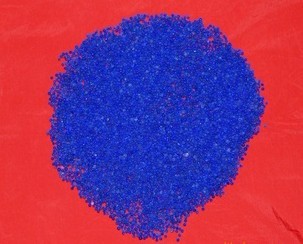Application of silica gel in column chromatography
Column chromatography is commonly known as through column, also known as column chromatography, which is the most widely used method in chromatography. Column chromatography is the most effective separation method in organic experiments when recrystallization is unable to purify the mixed samples containing many kinds of organics. In the laboratory, silica gel and alumina are commonly used as the adsorption columns. The separation principle of silica gel chromatography is to separate the substances according to the different adsorption capacity on silica gel. Generally, the substances with larger polarity are easy to be adsorbed by silica gel, and the substances with weaker polarity are not easy to be adsorbed by silica gel. The whole chromatography process is the process of adsorption, desorption, reabsorption and reabsorption.

It's easy to install the column long or short for primary column chromatography. Sometimes there are a lot of silica gel left, which wastes silica gel. This is mainly due to the use of silica gel and other stationary phases. The silica gel for column chromatography is generally 100-200 mesh, and the mass of 100ml silica gel is about 47g. If a column with a diameter of 2.8cm is installed, it can be installed with a height of 18cm. In order to avoid waste of silica gel and solvent, I first learned to touch the bottom of various specifications of columns in the laboratory. The method is very simple: use a measuring cylinder to measure 100 ml of dry silica gel, directly pour it into various specifications of columns, tap, and measure the height of silica gel in the column with a scale ruler, so that you can have a clear idea.

In general, the use of silica gel can be adjusted according to the height of the column required by the experiment, so as to greatly save the use of silica gel and avoid unnecessary waste. When weighing silica gel, generally weigh 30-70 times of the sample amount. If it is extremely difficult to separate, you can also use silica gel with more than 100 times of the amount.

